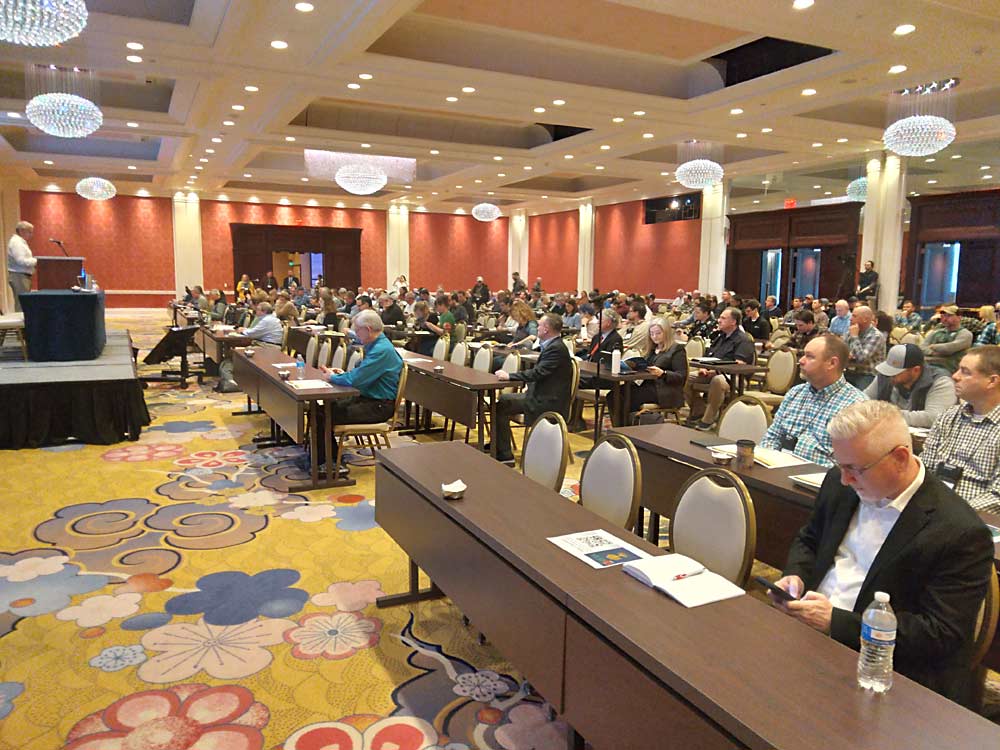
The International Fruit Tree Association is holding its 66th annual conference and tours in Grand Rapids, Michigan, Feb. 12–15. The conference theme is “Resiliency: Adapting and Thriving in a Challenging Future.”
Things are changing faster than ever for the fruit industry, with labor, weather, financial and automation pressures mounting.
One of the speakers, Michigan State University economics professor Zach Rutledge, focused on the shifting labor trends growers have been adjusting to.
Farm labor shortages have become a major issue nationally and internationally. Over the past decade, for the first time in recent history, the number of Mexican immigrants to the United States has declined. That has direct implications for the farmers who rely on this labor force. Rutledge said about 70 percent of U.S. farm labor is foreign-born. Of those foreign-born workers, about 90 percent are from Mexico.
Rutledge said there’s been quite a bit of research over the past decade showing that the supply of domestic foreign labor is declining. One of the big reasons is that there are other opportunities in nonfarm sectors of the U.S. There are lower birth rates in Mexico, too, and, until recently, U.S. border security was tighter.
The number of laborers following the crop migration within the United States has declined significantly since the turn of the millennium. The domestic workforce is aging. There’s been a shift out of direct-hire employment into farm labor contractor employment, and U.S. growers increasingly rely on the H-2A visa program to bring in foreign-born workers, Rutledge said.
In surveys he conducted in 2022, Rutledge asked farmers whether they were able to hire all the workers they wanted during 2020 or 2021. Of the roughly 1,300 farmers surveyed, over half said they were unable to hire all the workers they wanted at some point during that period. The average shortage was about 20 percent.
He also asked how the COVID-19 pandemic impacted labor woes. About 64 percent of respondents said the pandemic did worsen labor shortages. The top COVID prevention costs were for personal protective equipment, cleaning and sanitizing, and social distancing measures.
On the other hand, the top incentives for recruiting and retaining employees were scheduling flexibility, offering health insurance and giving production bonuses, Rutledge said.
—by Matt Milkovich






Leave A Comment